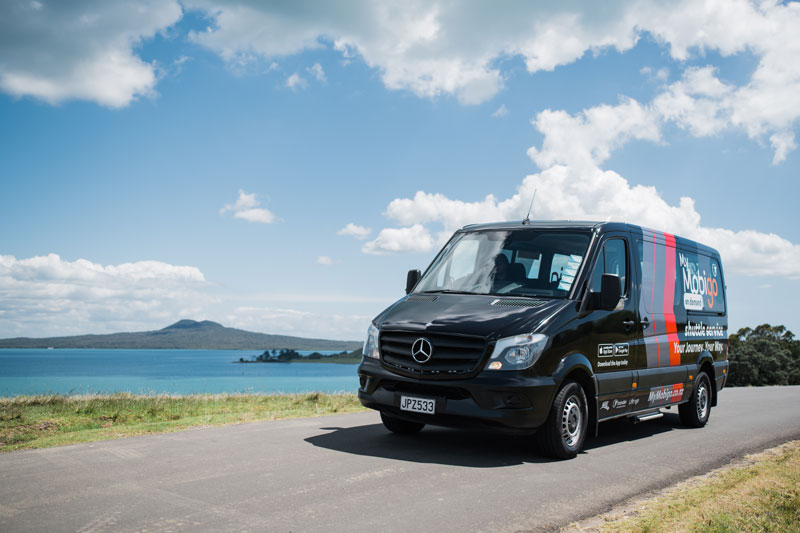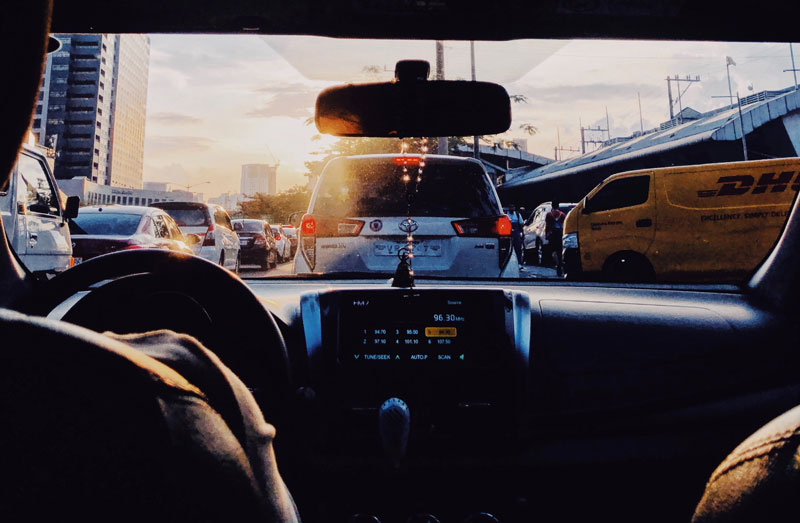“Build it and they will come”—such a well worn phrase which is trotted on so many occasions and generally attributed to Kevin Costner at his *finest* in the 1989 film Field of Dreams. Much like the film itself, the phrase has a polarising effect in the startup world, and none more so when applied to the field of transport innovation and Autonomous Vehicles.
So looking at the future of On-Demand Buses and Autonomous Vehicles through this lens (yep, the Kevin Costner lens—this is happening) how does the phrase apply and what are the implications?
First things first (obviously)
Well, firstly, anyone in the AV industry will immediately tell you that they are in fact building it, and as quickly as they possibly can. But they will also tell you that AVs are actually further off than you wish they were.
I think most Transport nerds would sadly agree with this, however much we hope and wish they come sooner.
But let’s consider a follow-up statement: Yes, AVs may be beyond the near term horizon, but they will change Public Transport far more than we anticipate.
Many research groups concur that Autonomous Vehicles will arrive on our streets much later than initially anticipated. Autonomous Vehicle hype and VC investment bonanza has meant that businesses in the AV space have tended towards ‘over-promise’ and ‘under-deliver’.
These same research groups however, may have underestimated the impact they will have on our transport environment when they do arrive. When looking at an area of the Public Transport sector that is close to our hearts—On-Demand Buses—the advent of Autonomous Vehicles would fundamentally change the underlying economics.
The current state is that the often undervalued, but vitally important person at the centre of an On-Demand Bus service—the humble driver—accounts for between 50% to 70% of the cost of running On-Demand Bus services. This means that at the heart of On-demand service design, there is a conflicting set of objectives—Cost vs Passenger Experience.
Cost vs Passenger Experience
To optimise for service cost, there is a motivation to minimise the number of drivers used while maximising passenger carrying capacity - i.e. with an On-Demand Bus service, to optimise for a low-cost objective, a small fleet of large buses is ideal. But this negatively impacts passenger experience. The fewer number of buses for a particular zone, the longer the wait time and trip durations, as the buses have to deviate further to deliver the same number of trips.
To optimise for customer experience, the motivation is to maximise the distribution of vehicles across the zone, thus minimising the wait time for a pick-up and minimise bus deviations for multi-pickups.

In most On-demand services, quite reasonably, the commercial imperatives trump that of customer experience—leading to smaller fleets with larger vehicles. However, with the advent of Autonomous Vehicles—when the driver cost element is removed—the marginal operating cost of each additional vehicle put into service is low. This fundamental change would make vast swathes of lower-density residential areas serviceable by On-Demand Buses at a much lower operational cost per trip.
While commercial operations of a fully dynamic, fully autonomous On-Demand Bus is a way down the track (with predicted arrival dates varying wildly between the optimist and pessimists!), we are already hard at work on this concept. For example, our (Liftango’s) engineering teams are at this moment finalising deep integrations between our On-Demand trip-matching optimisation engine, and the vehicle guidance system of a leading Autonomous Vehicle systems company out of the UK. This project will essentially emulate the user experience of a fully driverless On-Demand Bus service on the ground in regional Australia, hitting the road in 2021—so while free ranging fleets of fully driverless, dynamically routed public transport vehicles may be a little way off, the off-vehicle technology is ready.
The other side of the coin is, of course, the human element. As any CIO or CTO will tell you, the technology part is relatively easy, it’s the people that are hard! Real change is effected at the intersection of human centred tech design and the psychology of behaviour change—which is where Modal Shift comes in.
What is Modal Shift?
An area of transport innovation that we at Liftango contribute towards, and therefore think a lot about, is Modal Shift. Essentially Modal Shift is the inglorious but admirable pursuit of working to change people’s transport habits at a macro level towards more sustainable modes; whether active transport or shared transport—basically anything but one person in one car
Modal Shift is crucial to unlocking congestion in our cities and if we get it right, it can make significant inroads to tackling our personal contributions to CO2 emissions. In the US in 2019, 28% of CO2 emissions came from transportation alone.
An area of transport innovation that we at Liftango contribute towards, and therefore think a lot about, is Modal Shift. Essentially Modal Shift is the inglorious but admirable pursuit of working to change people’s transport habits at a macro level towards more sustainable modes; whether active transport or shared transport—basically anything but one person in one car!

However, Modal Shift is at its core a behaviour change program and needs to be treated as such.
Often when a new or innovative Public Transport service is being implemented, there is a strong mentality of “build it and they will come” from all stakeholders. The underlying mindset being that this new service (for argument sake let’s say it’s a new compelling On-Demand Bus service being deployed to attract people away from driving their own cars to/from a commuter train station) will be so compelling, that people will abandon their own cars on the spot and become lifelong public transport people on the strength of the new customer experience of an uber-like bus service.
The reality is somewhat different of course!
Behaviour change has to fight against the natural tendency for life to find stability. In biology the term for this process of equilibrium is homeostasis.
Unpacking passenger behaviours
For example, consider your blood pressure. When it dips too low, your heart rate speeds up and nudges your blood pressure back into a healthy range. When it rises too high, your kidneys reduce the amount of fluid in the body by flushing out urine. All the while, your blood vessels help maintain the balance by contracting or expanding as needed.
The human body employs hundreds of feedback systems to keep our blood pressure, temperature, blood-sugar levels, and many other systems at a stable equilibrium.
It is also true that our daily lives also develop their own version of homeostasis. We fall into patterns with the choices we make—whether that is exercise choices, food choices or (importantly in this case) transport choices. Over time, we all settle into our own version of equilibrium.
As with our bodies, there are loops of feedback that control the equilibrium of one’s habits. Our routines are moderated by elements such as our psychology, our personal motivations, our available options and many other external forces.
Over time, this equilibrium becomes so inbuilt that we don’t notice it…that is, until we try to make a change.
Breaking habits is hard, and to do so effectively we need to tackle more than just one factor in our habits. Just making an option available isn’t a strong enough force for long term sustainable change in our transport habits.
As I stated earlier, we often see Transport Agencies adopt the mindset of “build it and they will come.” And while they may, we’ll see a significantly higher uptake over the long term if we focus on more of the habit forming factors.
So when trying to change such a major daily routine as our transport choices, our view is that we need to do more than just provide another option, we need to understand the psychology behind people’s habits and deploy services that tick these boxes for the long term—a combination of human centred technology and carefully crafted behavioural change programs.
So perhaps it’s time to update the phrase a little “Build it, in the way they want it, and they will come.”
%20(1).jpg)
